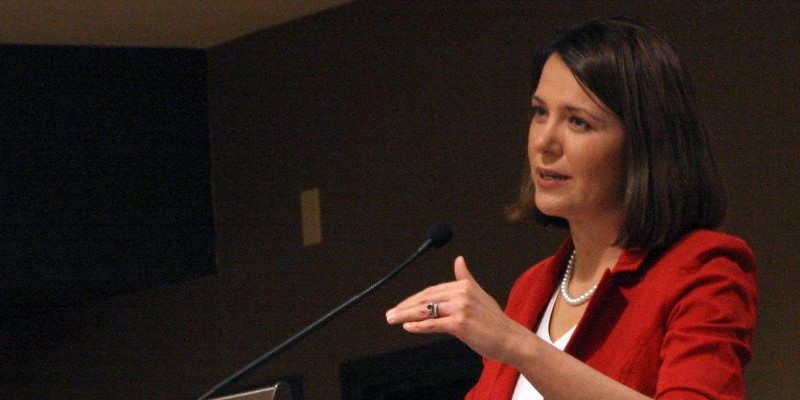Alberta government can send ongoing cheques to Albertans—if it saves resource revenue

Alberta is experiencing a resource revenue boom. This fiscal year, resource revenue, which includes natural gas and oil royalties, will reach a projected $28.1 billion—the highest amount on record—and fuel a $12.3 billion budget surplus for the Smith government. Albertans should reap the rewards, but the Smith government must be strategic in making that happen.
First, some quick history. Governments in Alberta, no matter their political stripe, often use volatile onetime resource revenue to increase spending. But when resource revenue inevitably declines, that high spending is no longer sustainable and the government incurs deficits. Indeed, this cycle contributed to more than a decade of nearly uninterrupted budget deficits (from 2008/09 to 2020/21) and a mountain of debt, which Alberta taxpayers ultimately must finance.
Today, the Smith government is showing signs of potentially making the same mistake. For instance, the government recently unveiled $2.8 billion in “inflation relief measures” including $600 cash payouts to seniors and children in families in “middle-income” households with annual incomes under $180,000. If these “targeted” measures become permanent, they will contribute to large deficits in the near future.
But it’s not too late. If the Smith government restrains spending moving forward, it can help prevent future deficits while also delivering cheques to residents—not once, but on an ongoing basis. To understand how exactly this would work, look to Alaska.
In 1976, the Alaska government created the Permanent Fund to save mineral revenue. According to Alaska’s constitution, the state government must deposit a set percentage of all mineral revenues into the fund each year, thus limiting the amount of money available for spending. Also, a share of earnings from the fund must be set aside annually to offset the effects of inflation and ensure the real value of the fund is maintained. And crucially, a portion of earnings from the fund are paid to Alaskan citizens directly as dividends (i.e. cheques), which is key to the fund’s success. Why?
Because Alaskans have a direct financial interest in the fund, they’re more concerned about its independence, sustainability and investment performance than they otherwise would be, which creates a real constraint on government from spending the savings and hurting the fund’s performance.
Interestingly, Alaska created its Permanent Fund the same year Alberta created its Heritage Savings Fund, but it has not been managed by the same robust fiscal rules. In 2019/20 the Heritage Fund was valued at just C$16.2 billion compared to US$65.3 billion for Alaska’s fund.
As Alaska has shown, it’s possible to prioritize fiscal stability and deliver ongoing cheques to residents. If the Smith government wants to do the same, it should introduce a constitutional requirement for consistent contributions to the Heritage Fund and pay annual dividends to Albertans.
Author:
Subscribe to the Fraser Institute
Get the latest news from the Fraser Institute on the latest research studies, news and events.

